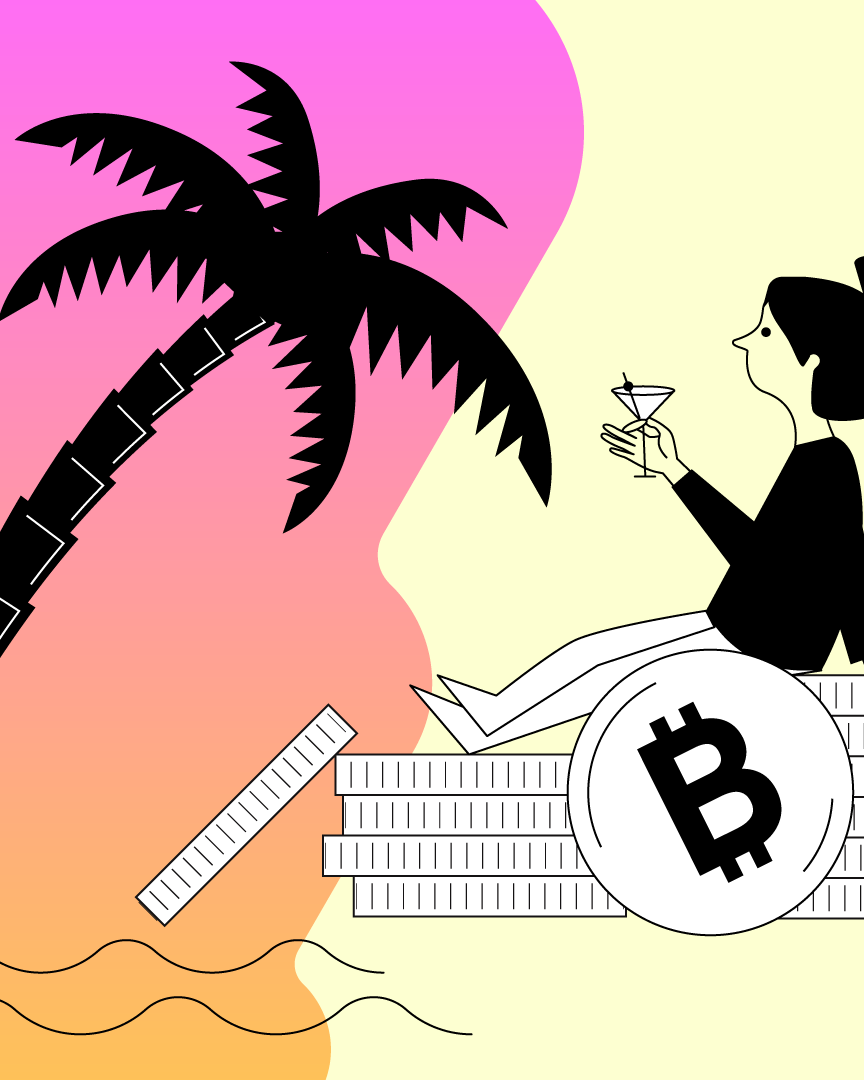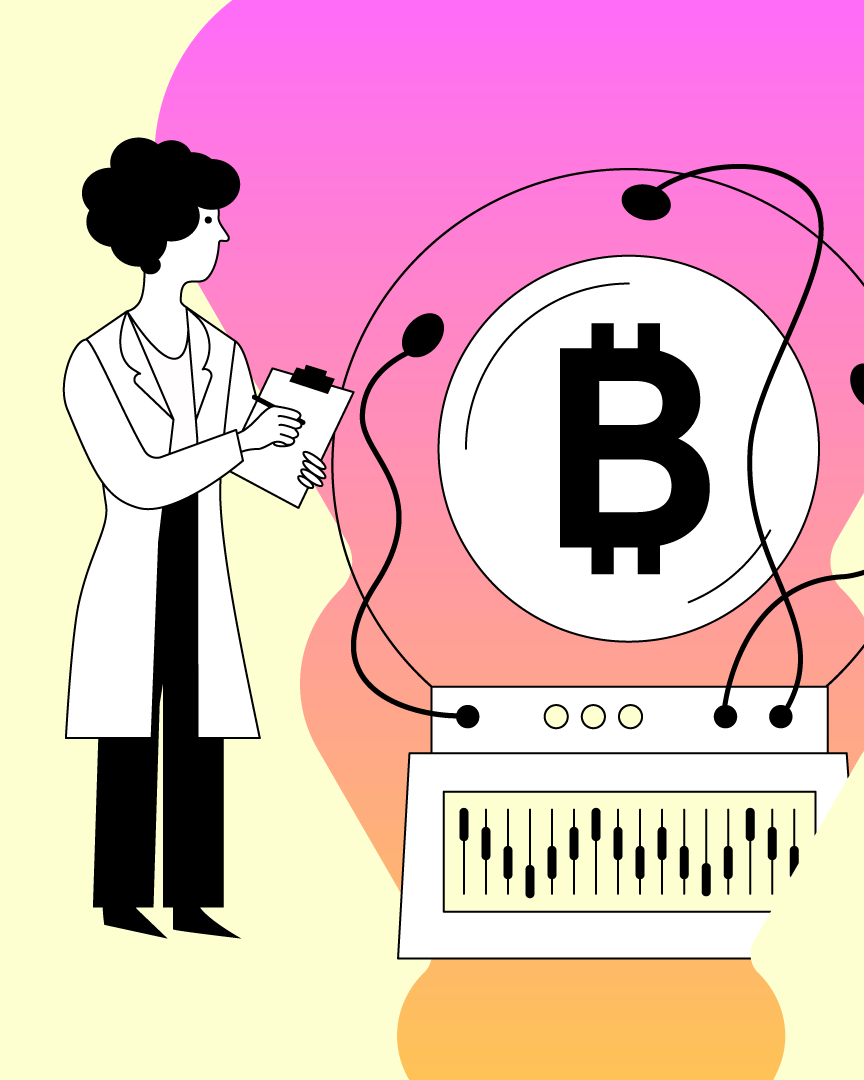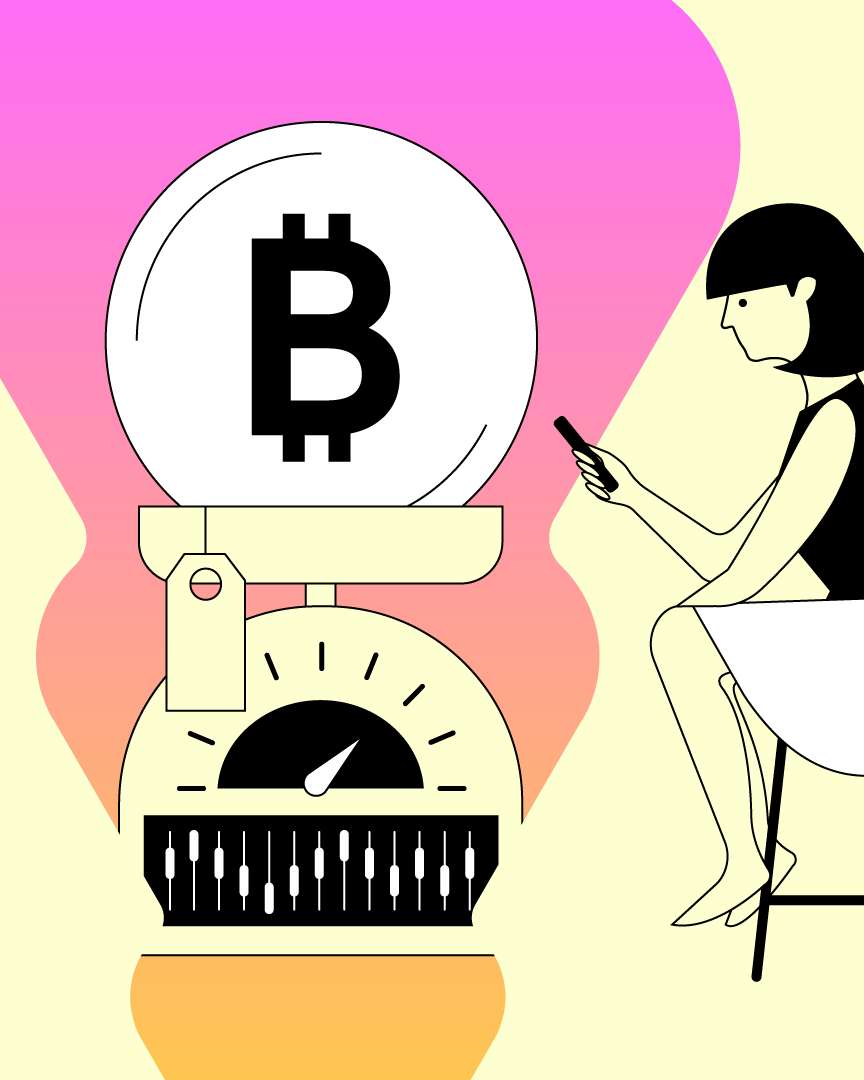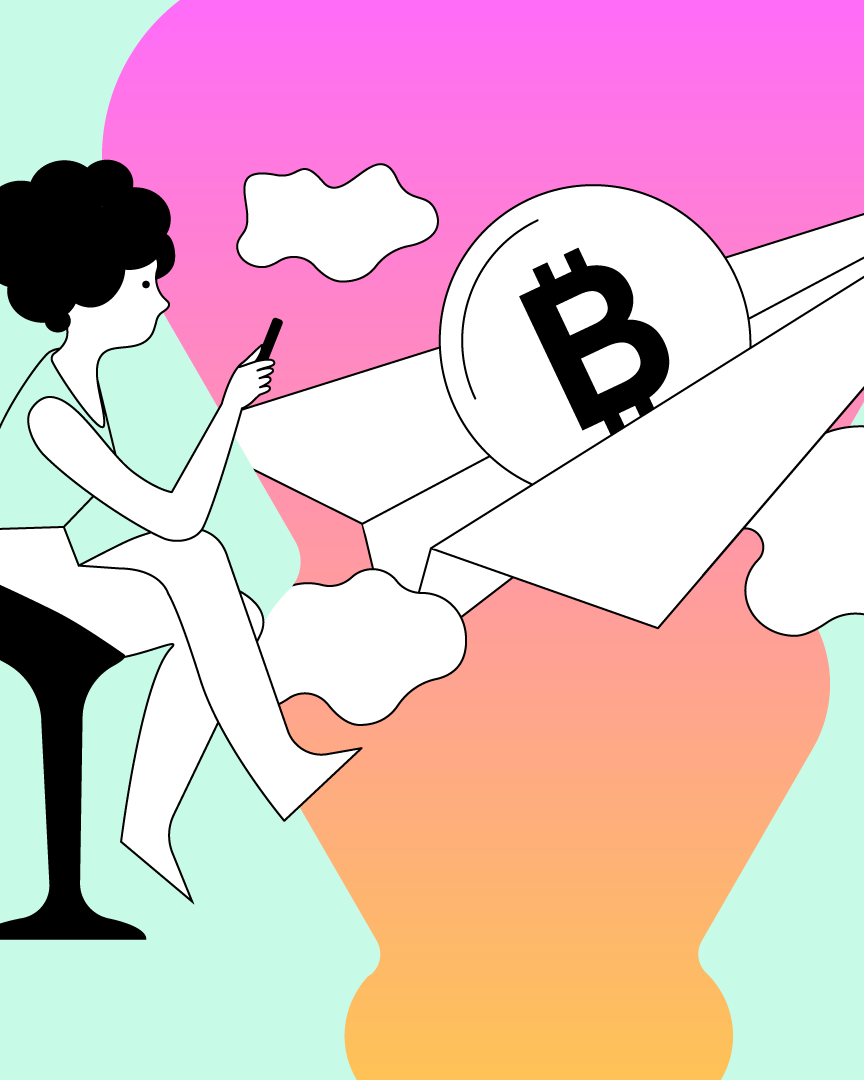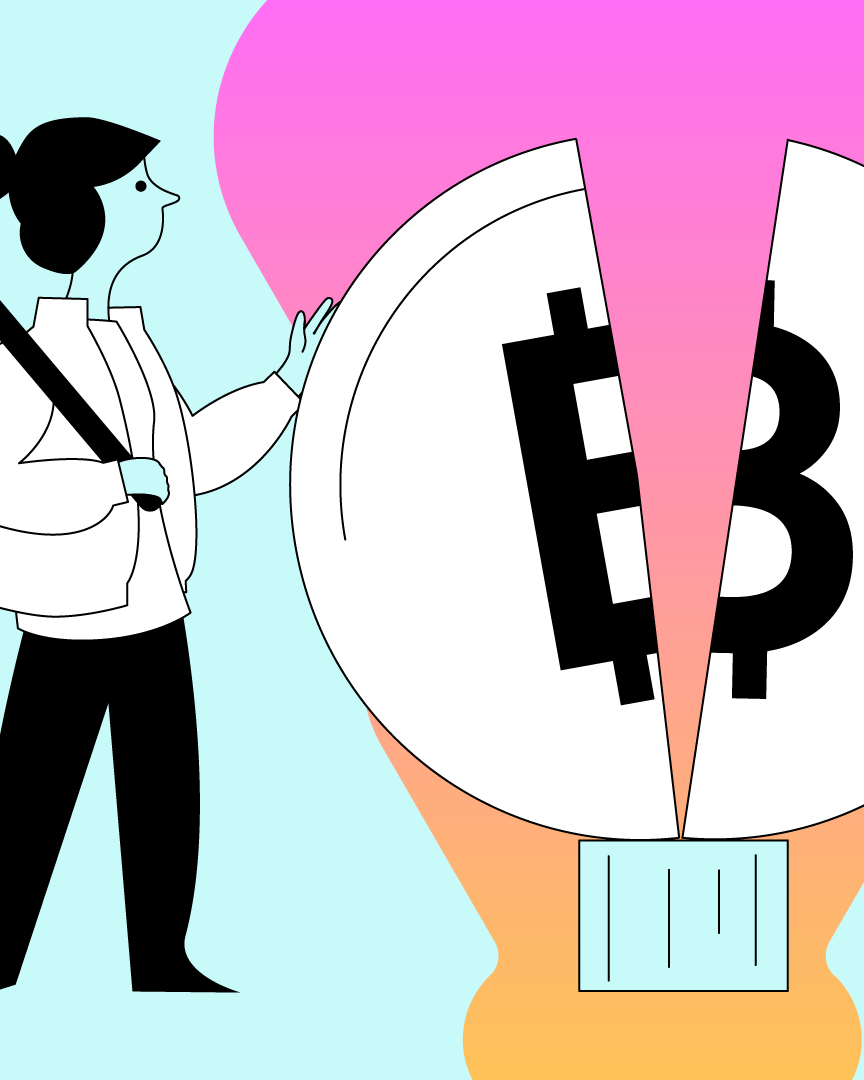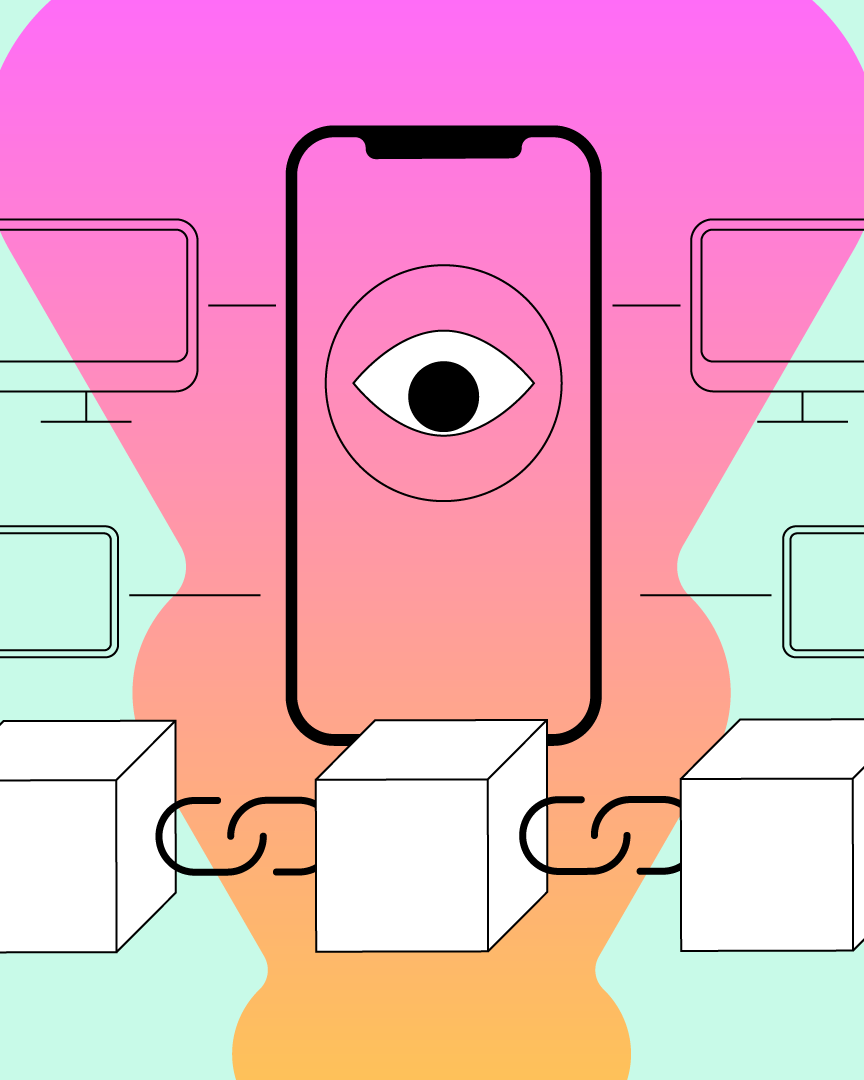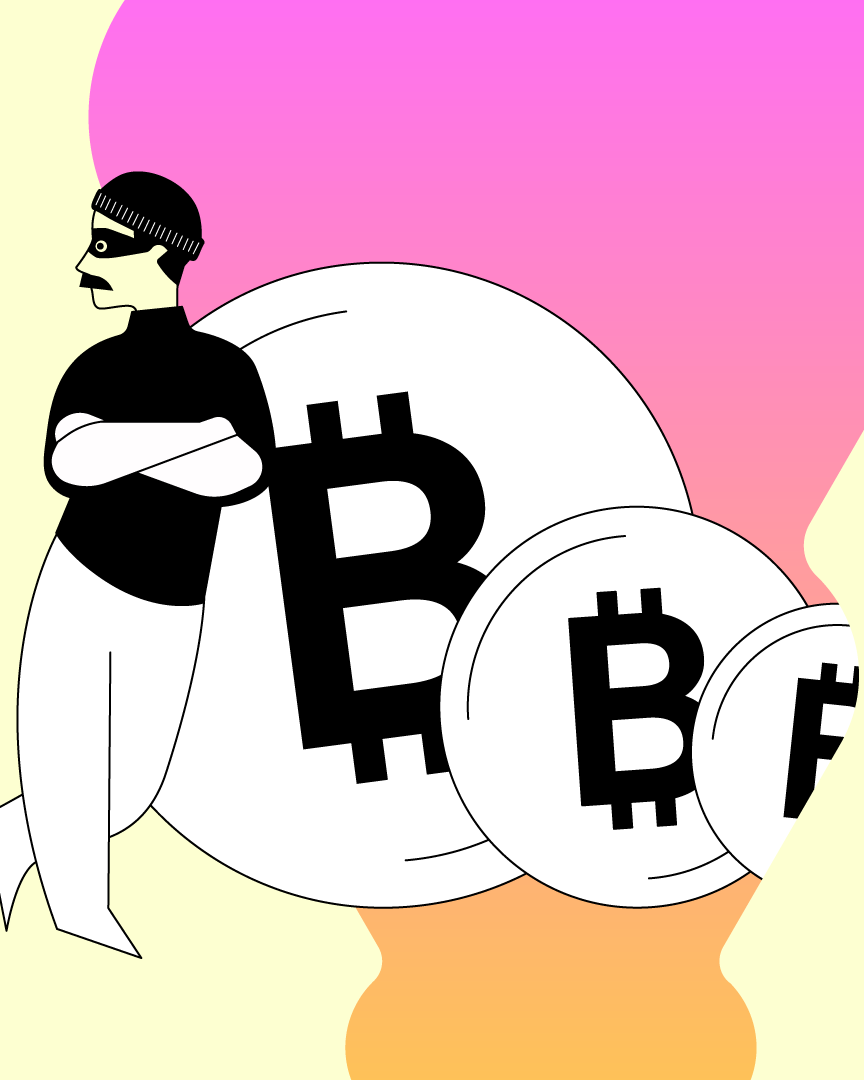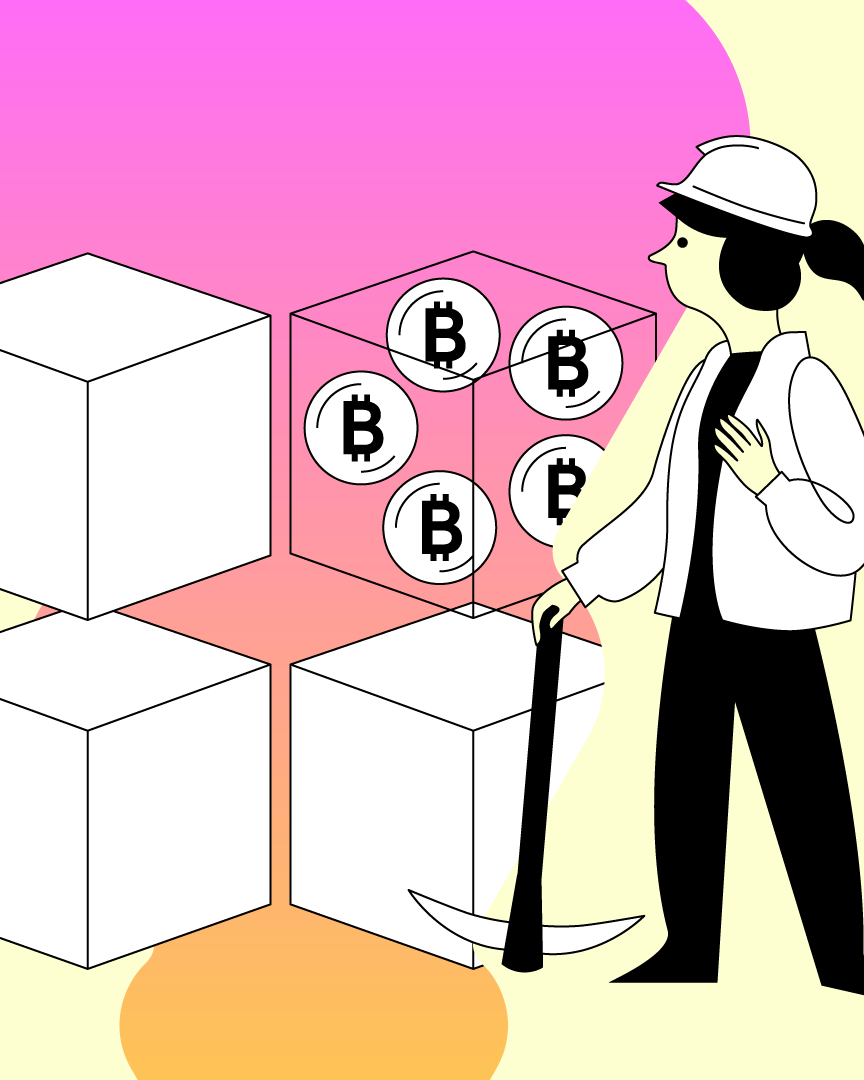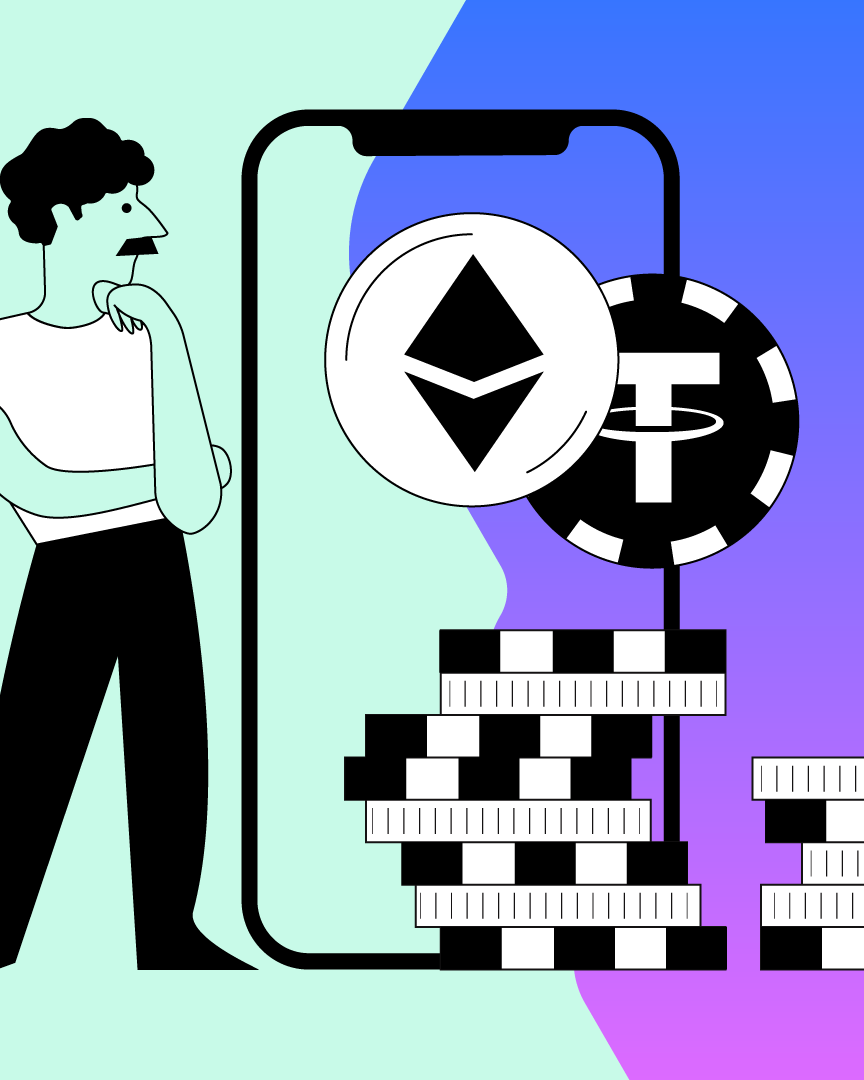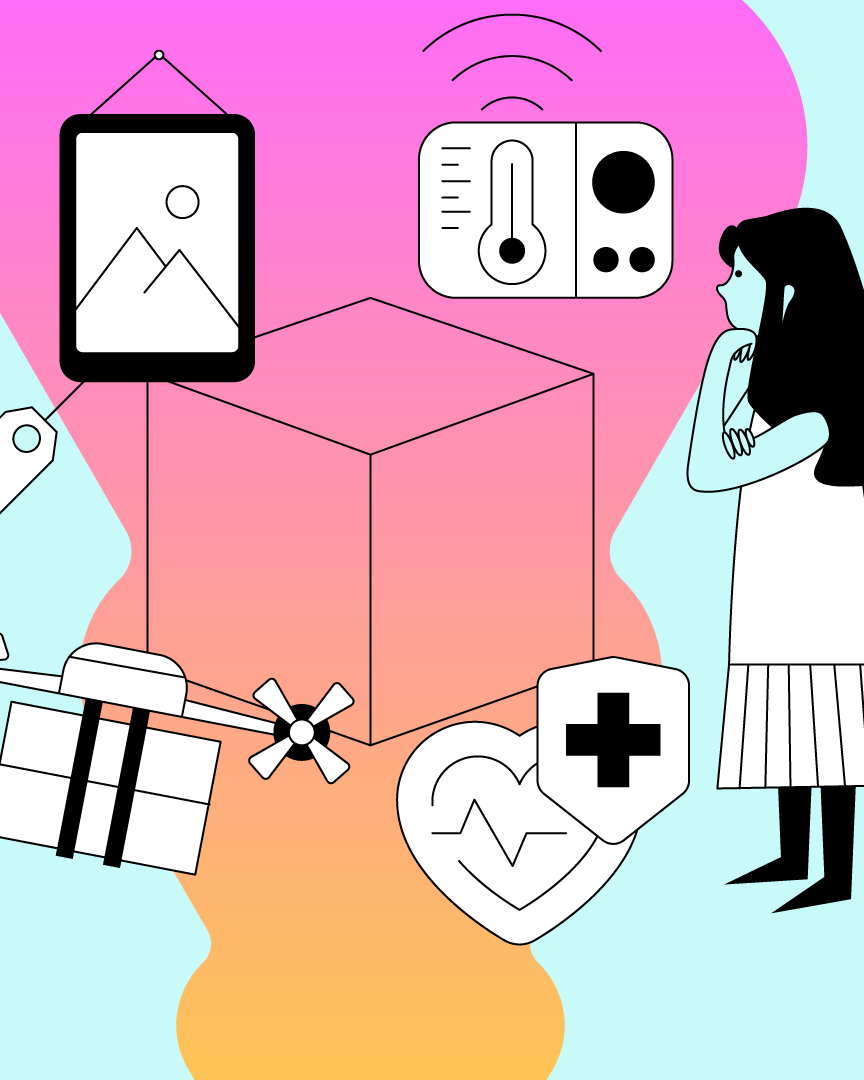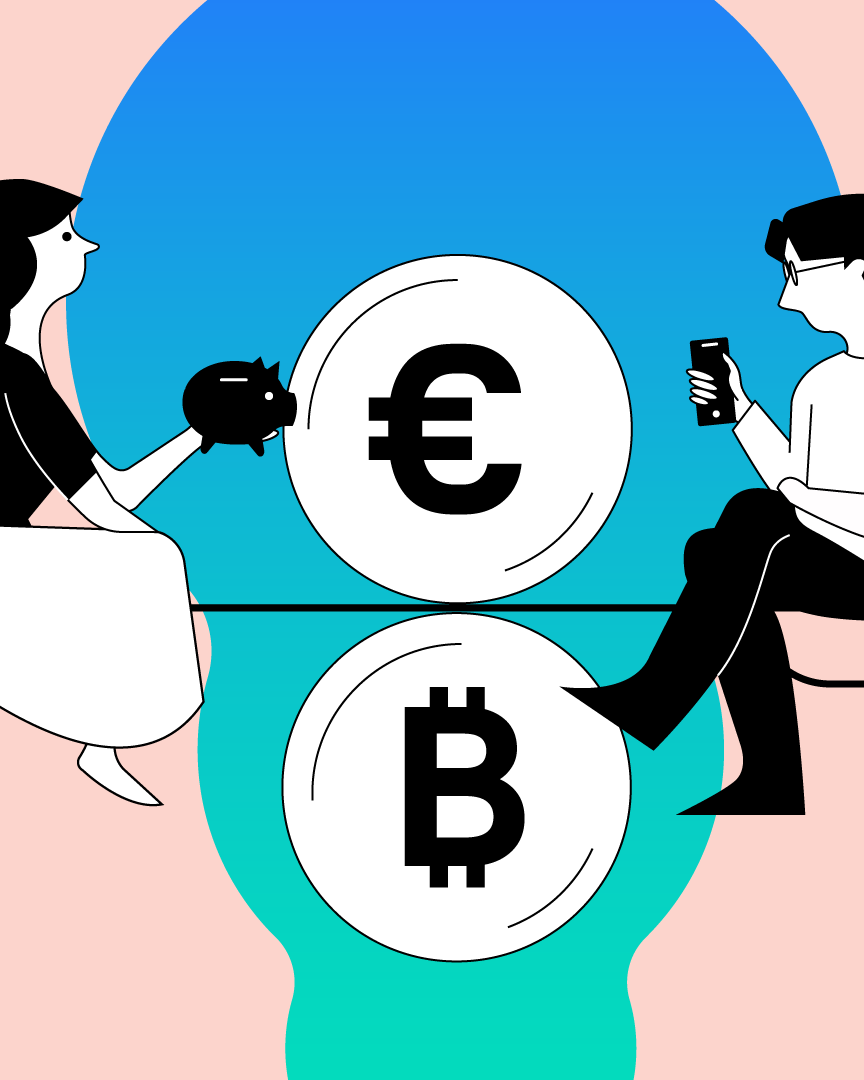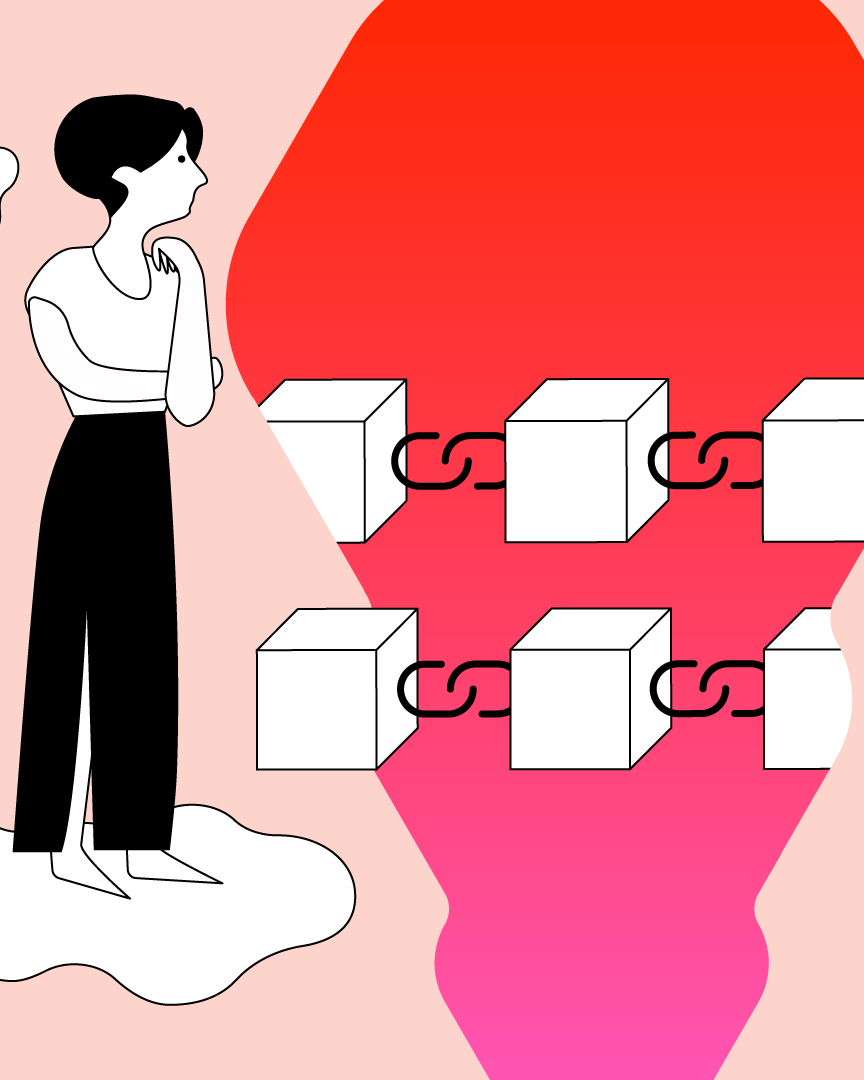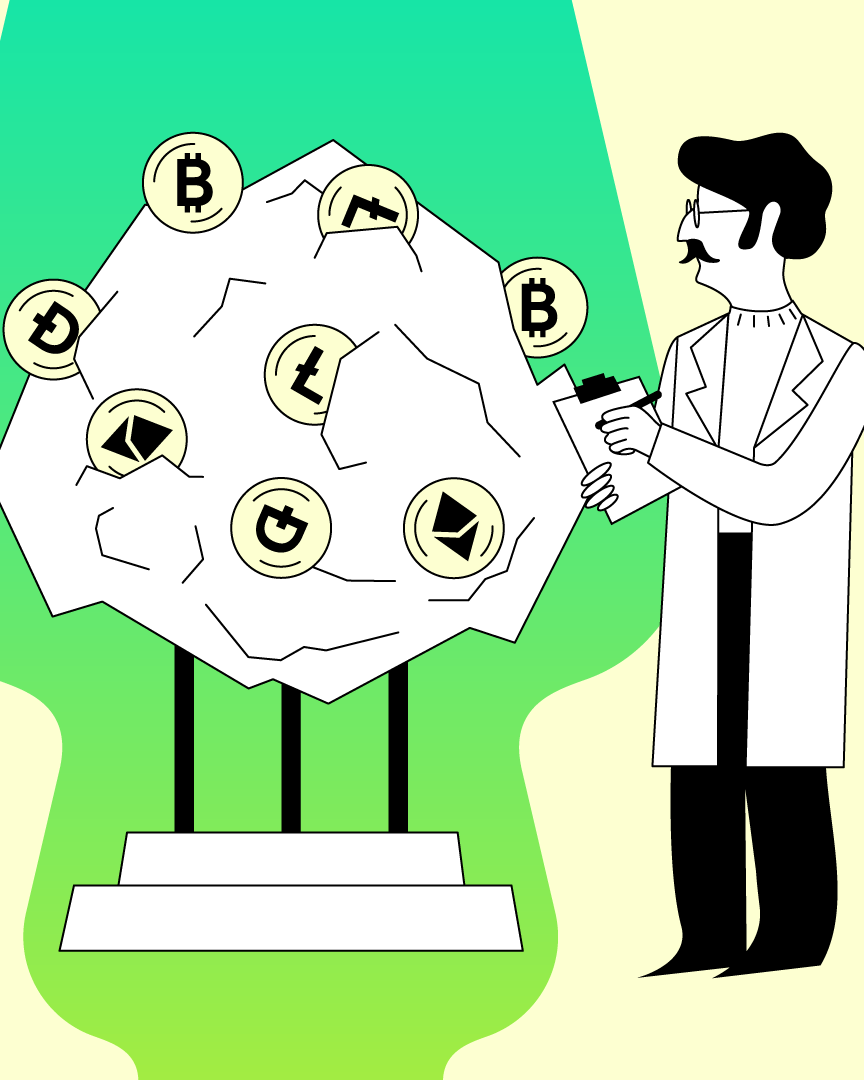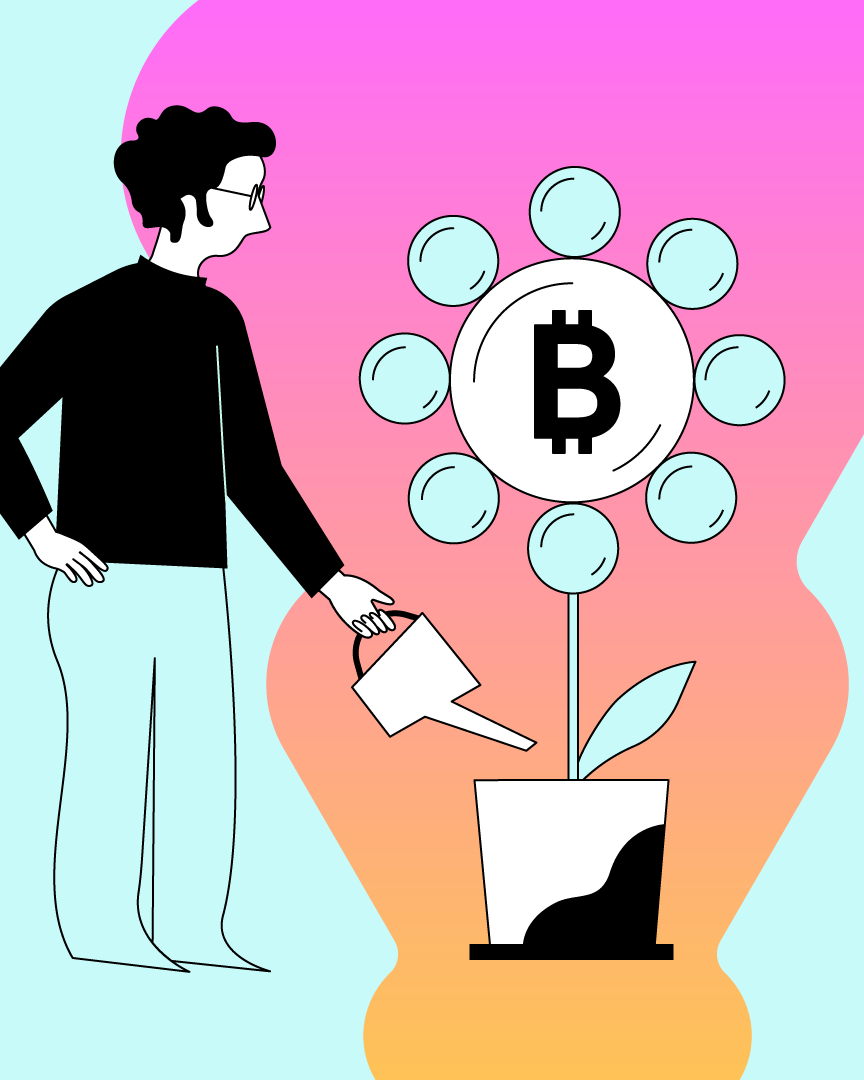1.19 Bitcoin mining difficulty & pre-mined coins
This lesson covers two concepts - Bitcoin mining difficulty and pre-mined coins.

Bitcoin is often referred to as digital gold. However, mining a single Bitcoin is more complex than digging for gold. There may be undiscovered gold deposits across the planet or even in space, but Bitcoins are limited to 21 million.
In our last few lessons, we discussed the fundamentals of mining and how mining pools function. Due to the rise of Bitcoin’s popularity, more enthusiasts are joining the club to mine this digital asset. As a result, Bitcoin’s mining difficulty has significantly increased over time.
This lesson covers two concepts - Bitcoin mining difficulty and pre-mined coins.
Contents
- Why is Bitcoin hard to mine?
- What does pre-mined mean?
Why is Bitcoin so hard to mine?
Bitcoin code creates several hashes. Miners use their processing power to solve the computational problem to find the correct hash. This process is no less than searching for a needle in a haystack.
As we learned previously, Bitcoin mining means verifying the transactions and adding new blocks to the blockchain. The pre-defined rules of Bitcoin designed by Satoshi Nakamoto ensure that the time taken to mine a new block is ten minutes.
As the number of participants increases, Bitcoin mining difficulty is also adjusted and increased periodically to make sure that finding a new block takes exactly 10 minutes.
In the early days, normal CPUs of PCs were enough to mine Bitcoin. The process was not as difficult as it is now. Eventually, miners started using graphic cards and chips because they are better suited for mining Bitcoin.
ASICs (Application-Specific Integrated Circuit), a microchip designed for special purposes, are now used by miners to effectively mine Bitcoins. Despite the special hardware equipment, Bitcoin mining is getting more difficult for solo miners. This is why mining pools are relevant in today’s world as we discussed in our last lesson.
What happens after all (21 million) Bitcoins are mined?
Miners need to continue contributing to the network even after all Bitcoins are extracted and brought into active circulation. But, there will be no block rewards. Then, why do they need to continue the process?
Because, Mining = Verifying transactions + Running the network.
Miners get block rewards for their effort and time to verify transactions. But, mining is more than that. To maintain the rules of the network and validate transactions, miners need to continue the process. New blocks will still be generated. Instead of getting block rewards, miners will get a share of transaction fees.
What does pre-mined mean?
Pre-mined cryptocurrencies are the coins that are mined and distributed before the official coin launch. Ripple, Cardano, and Stellar are examples of pre-mined coins.
In this case, a part of the coin’s supply created in the first block of the network is distributed to investors, developers, and team members during the Initial Coin Offerings (ICOs) and other token offerings. Pre-mining refers to a similar practice of selling a stake in a company to employees before the enterprise goes public. In the crypto world, it is a way to reward developers and employees who assisted in the necessary work to develop the network.
Examples of pre-mined cryptocurrency
Ripple (XRP) is a pre-mined cryptocurrency designed to enable cost-effective and fast fund transfer in cooperation with banks. A majority of Ripple coins are owned by Ripple Labs Inc. and it also controls their output.
Some cryptocurrencies work both ways - actual mining and pre-mining. For instance, Ether (ETH) was offered as a pre-mined coin to the founders of the Ethereum project as a reward when it was launched. Ether is now mined to get new coins.
Pros
- Acts as proof to the investors that the coin or token is functional.
- Team members and developers get paid.
- Gives momentum to the early adoption of the coin.
Cons
- Possibility of frauds like ‘pump and dump’ schemes. Pump and dump coins are developed by a scammer. After distributing all the coins at an artificially higher price, they reduce the price, which results in a dead coin.
- The coin may be subjected to ‘51% attacks’ or hacks.
ES
This material does not constitute investment advice, nor is it an offer or solicitation to purchase any cryptocurrency assets.
This material is for general informational and educational purposes only and, to that extent, makes no warranty as to, nor should it be construed as such, regarding the reliability, accuracy, completeness or correctness of the materials or opinions contained herein.
Certain statements in this educational material may relate to future expectations that are based on our current views and assumptions and involve uncertainties that could cause actual results, performance or events to differ from those statements.
BB Trade Estonia OU and its representatives and those working directly or indirectly with BB Trade Estonia OU do not accept any liability arising from this article.
Please note that investing in cryptocurrency assets carries risks in addition to the opportunities described above.



